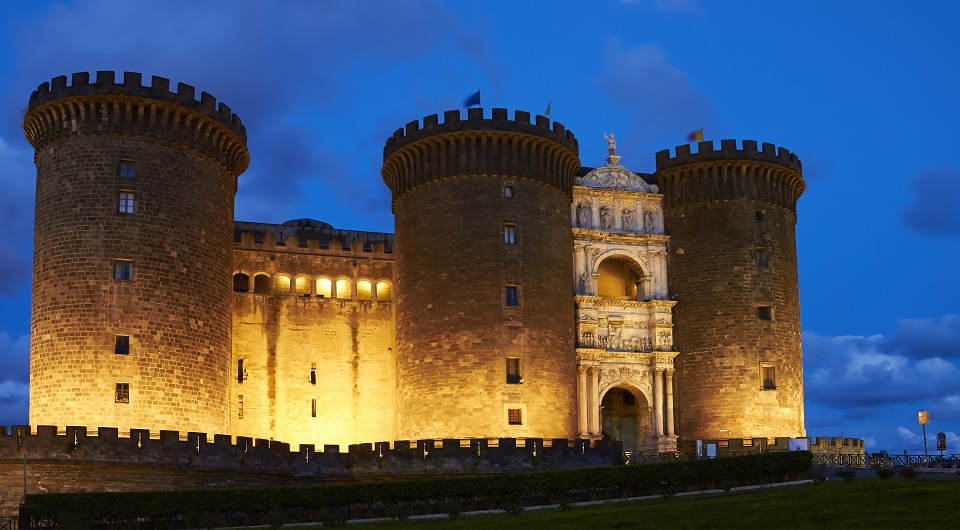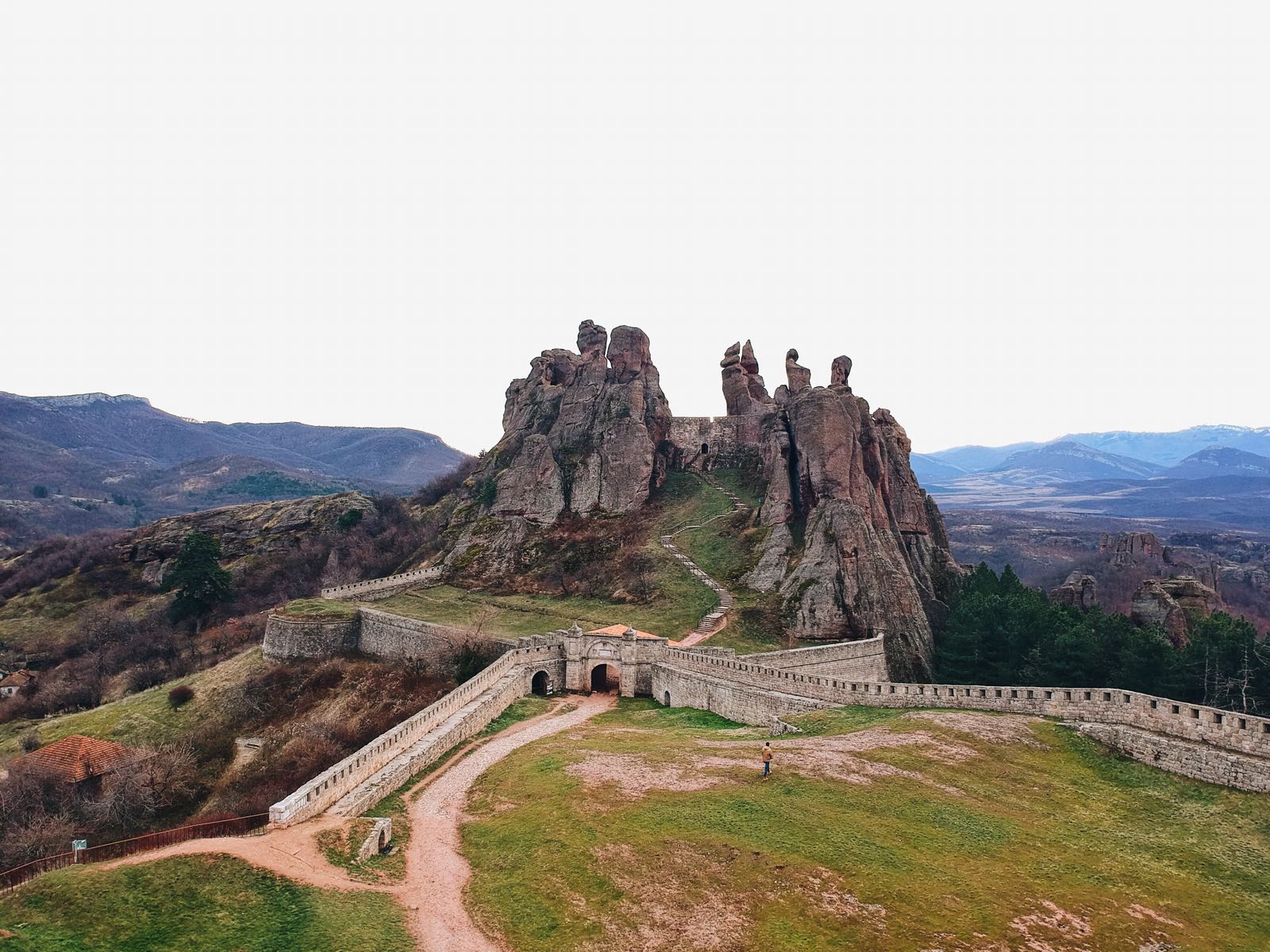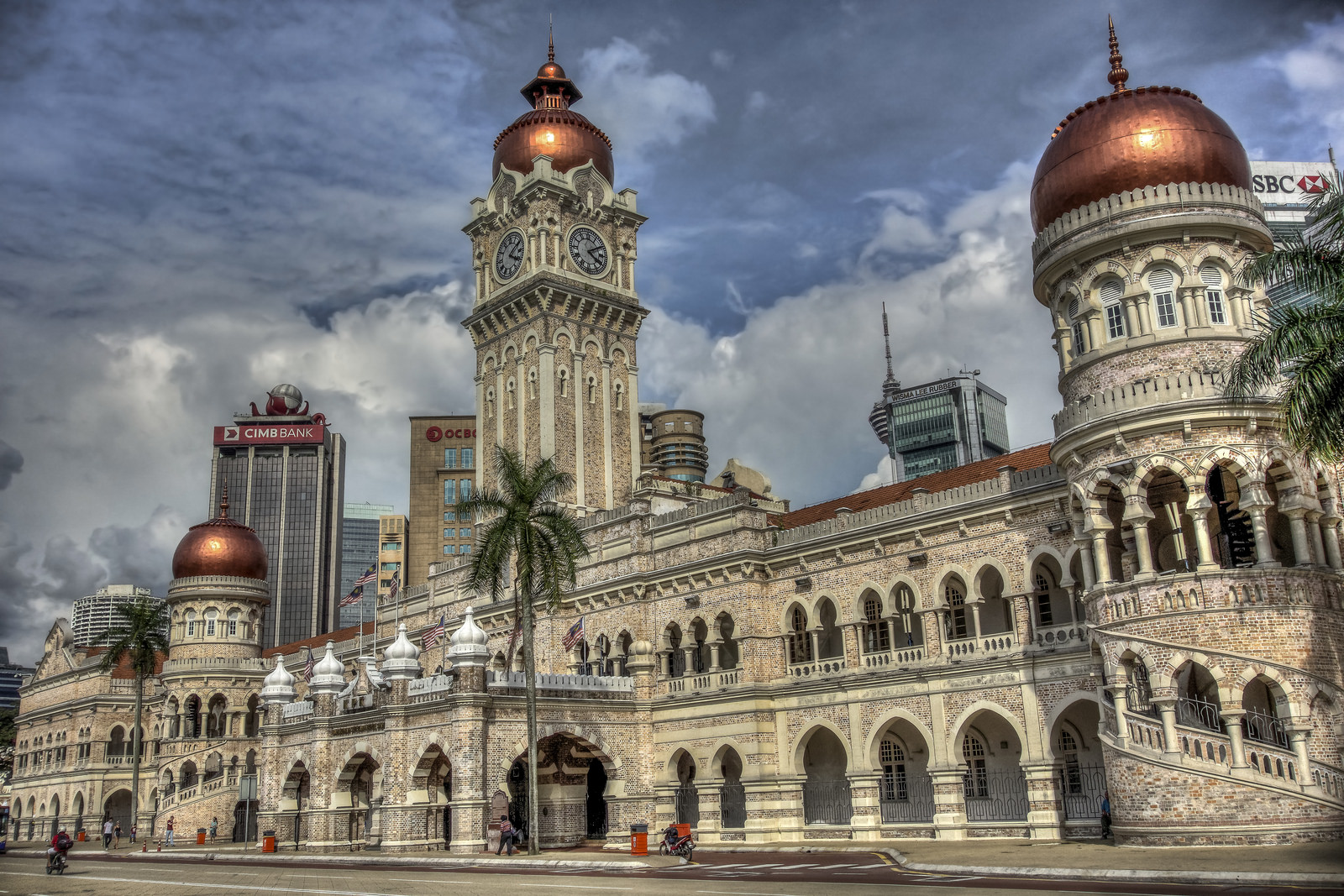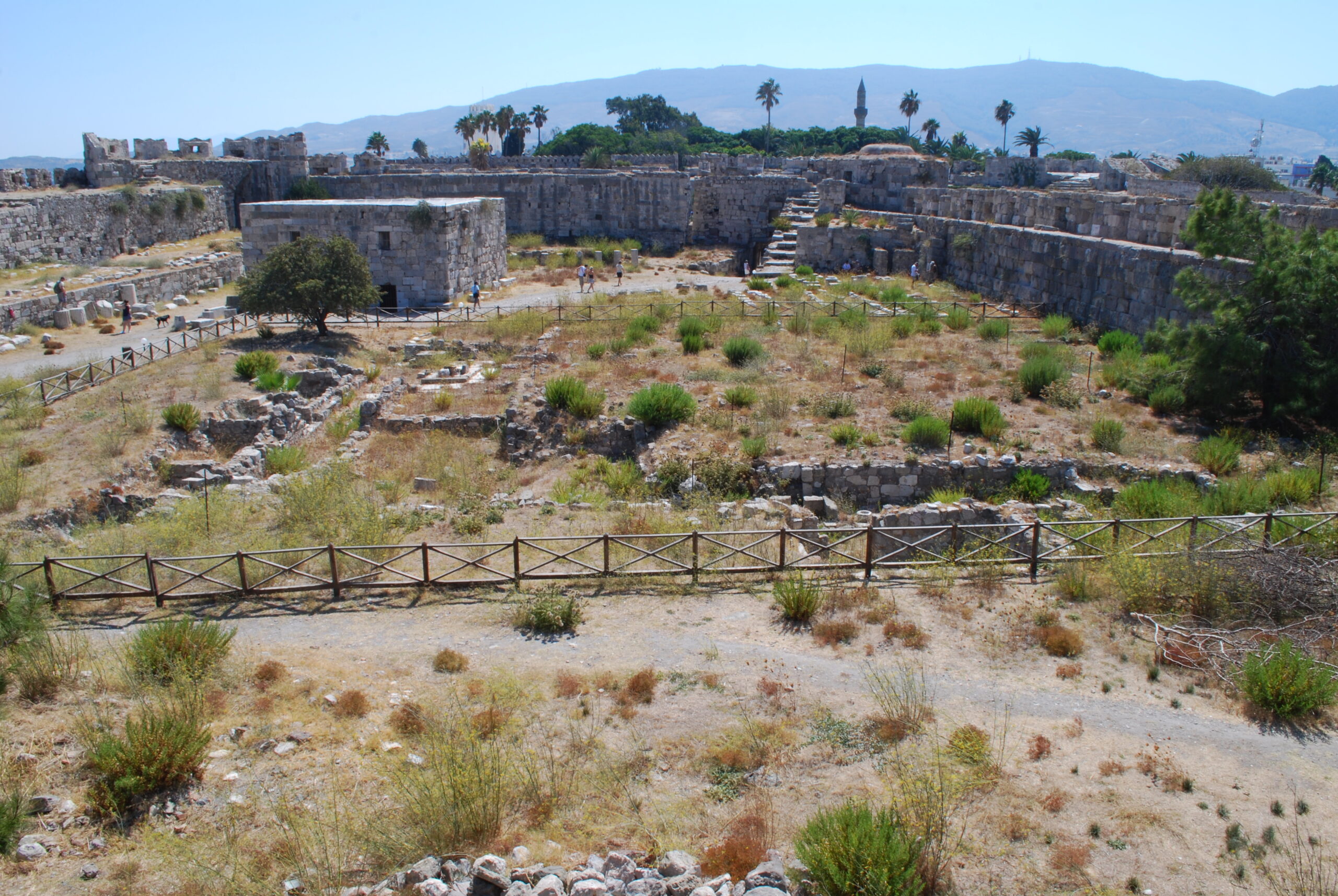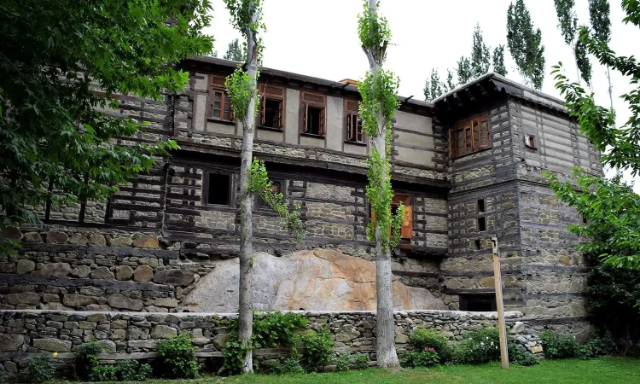The castle, heart of Piazza Municipio, was born with the arrival of the monarchy in Naples. Its construction was ordered by Charles I of Anjou, who ascended the throne in 1266. Over the years several rulers arrived on that throne who changed the internal but especially external structure of the castle, the current form arrived only in 1443 with Alfonso of Aragon and the new Aragonese domination.
At that point it became a royal fortress, although in 1309 with the arrival of King Robert the Wise became a court rich in culture thanks to the king’s passion for art, in fact Francesco Petrarca, Giovanni Boccaccio, Pietro Cavallini and Giotto stayed at court.
The castle is defended by five large towers, with inside them a Catalan staircase to get to the top, are really majestic and together with the ditches formed the defense for the arrival of enemies from the sea. One of the most important points is the Palatine Chapel: inside it are preserved the original decorations and frescoes of the construction, together with some important works made later, such as the interior painted by Giotto.
From the entrance, through the triumphal arch formed by the two main towers, we can reach the Sala dei Baroni which at the birth of the castle was the Throne Room, another room to see is the Armoury Room. A religious theme in the sixteenth century was added the Capella delle anime del purgatorio which depicts the Madonna del Carmine, the largest of the castle, while before there was only the Chapel of St. Francis and Paola which was smaller.
In the basement you can visit the prisons.
